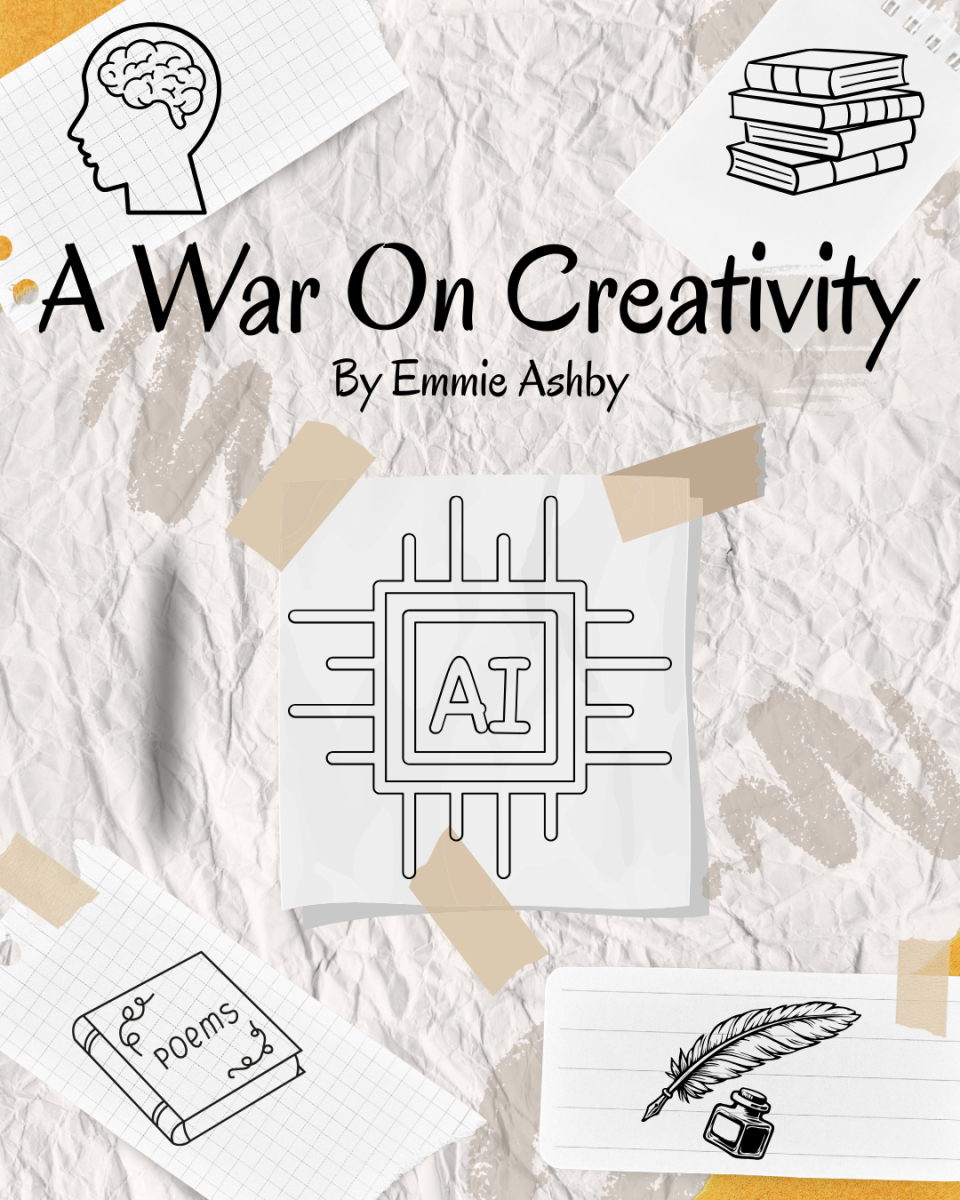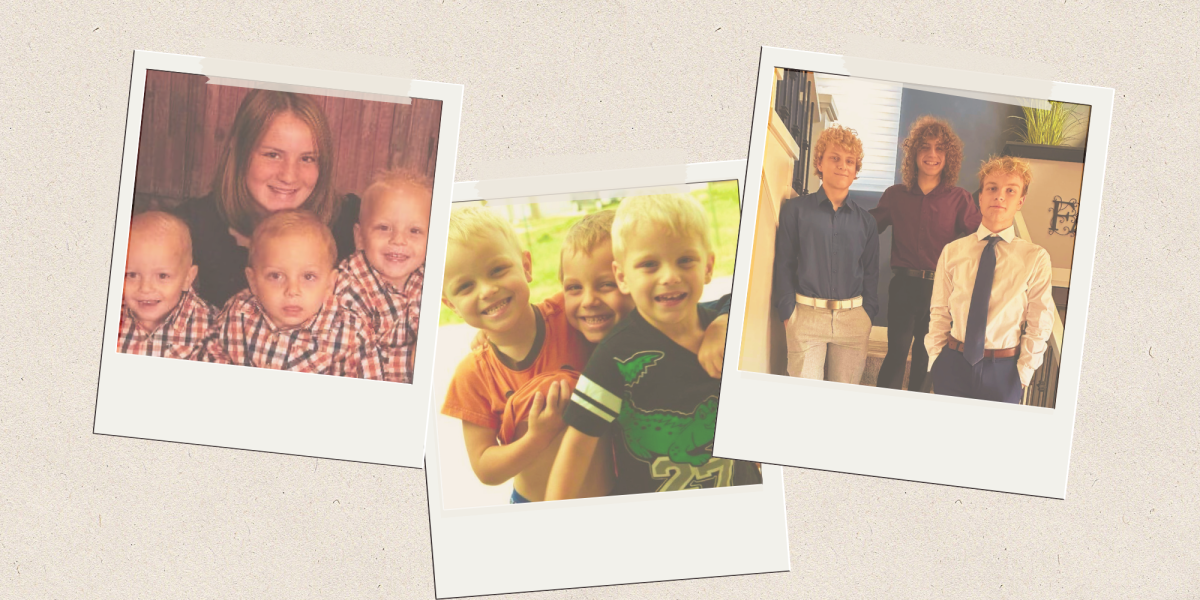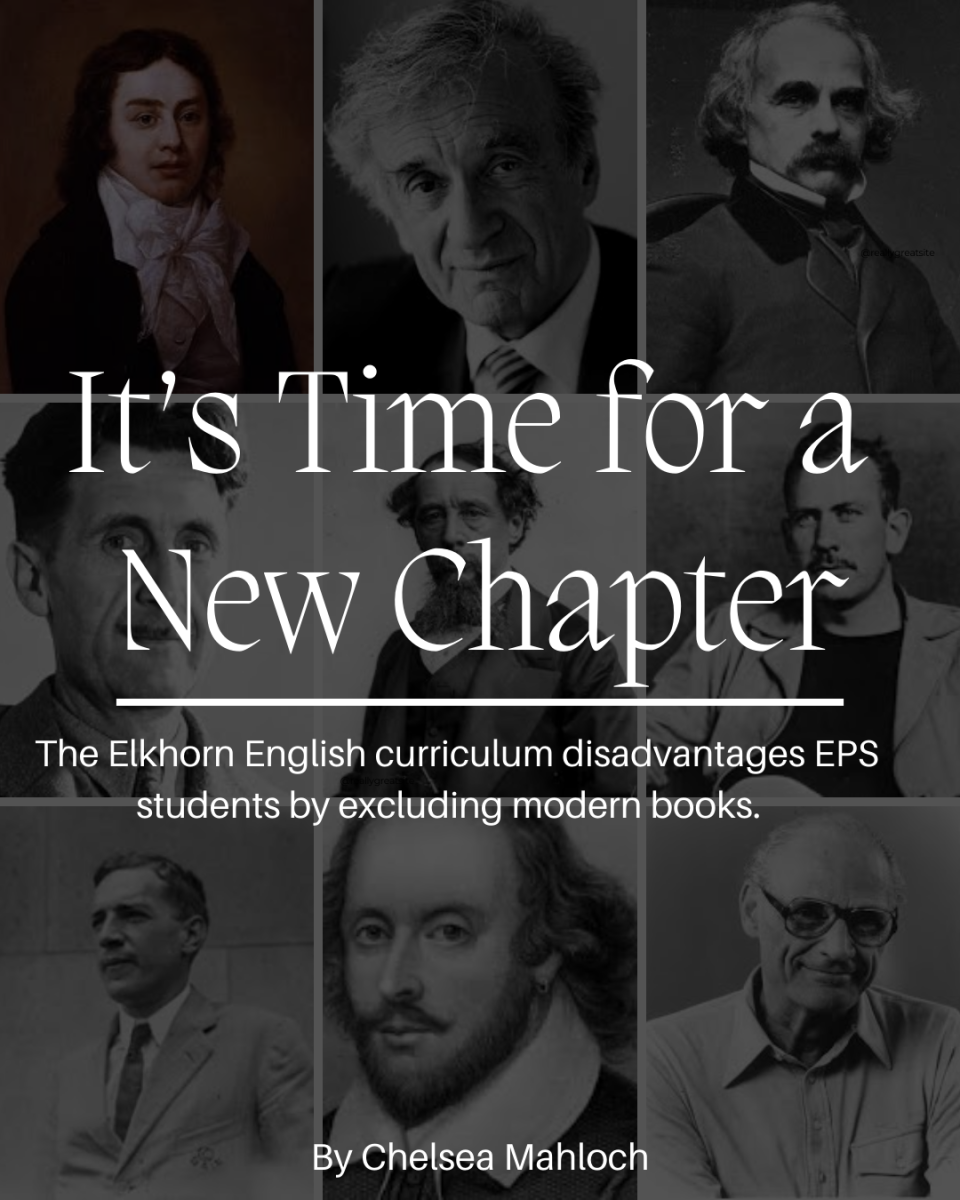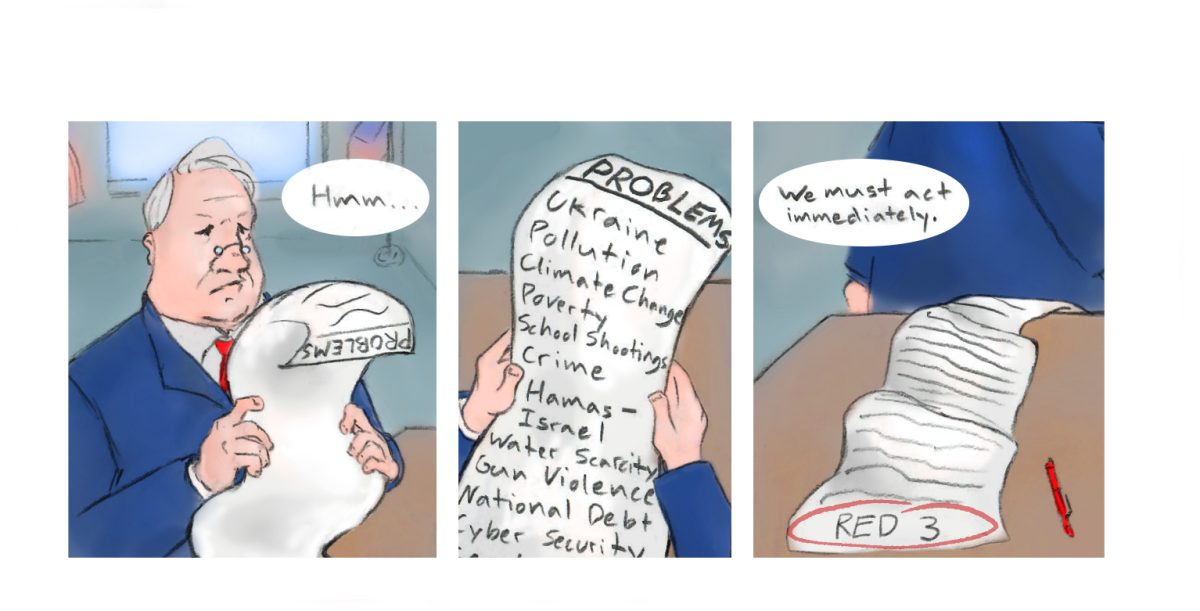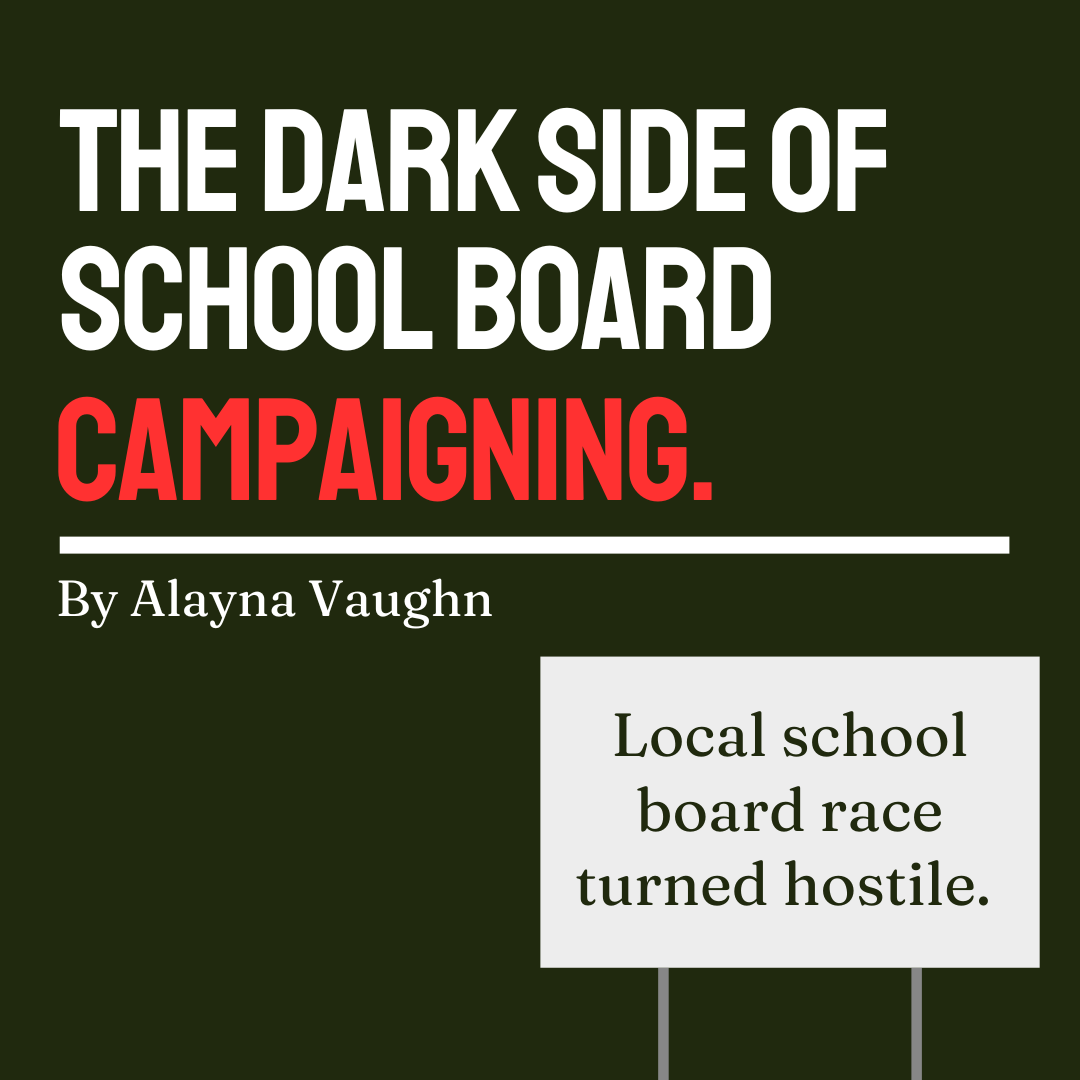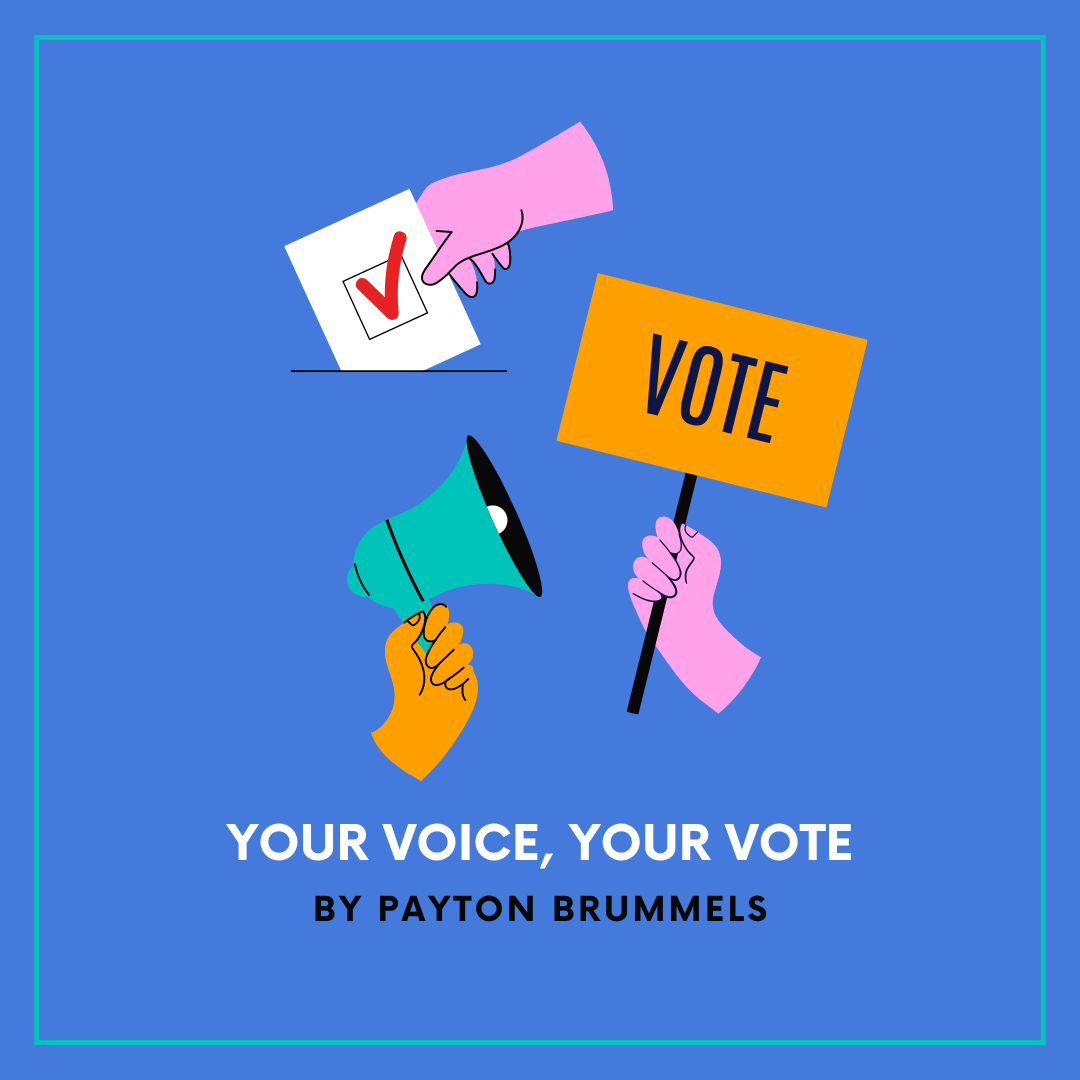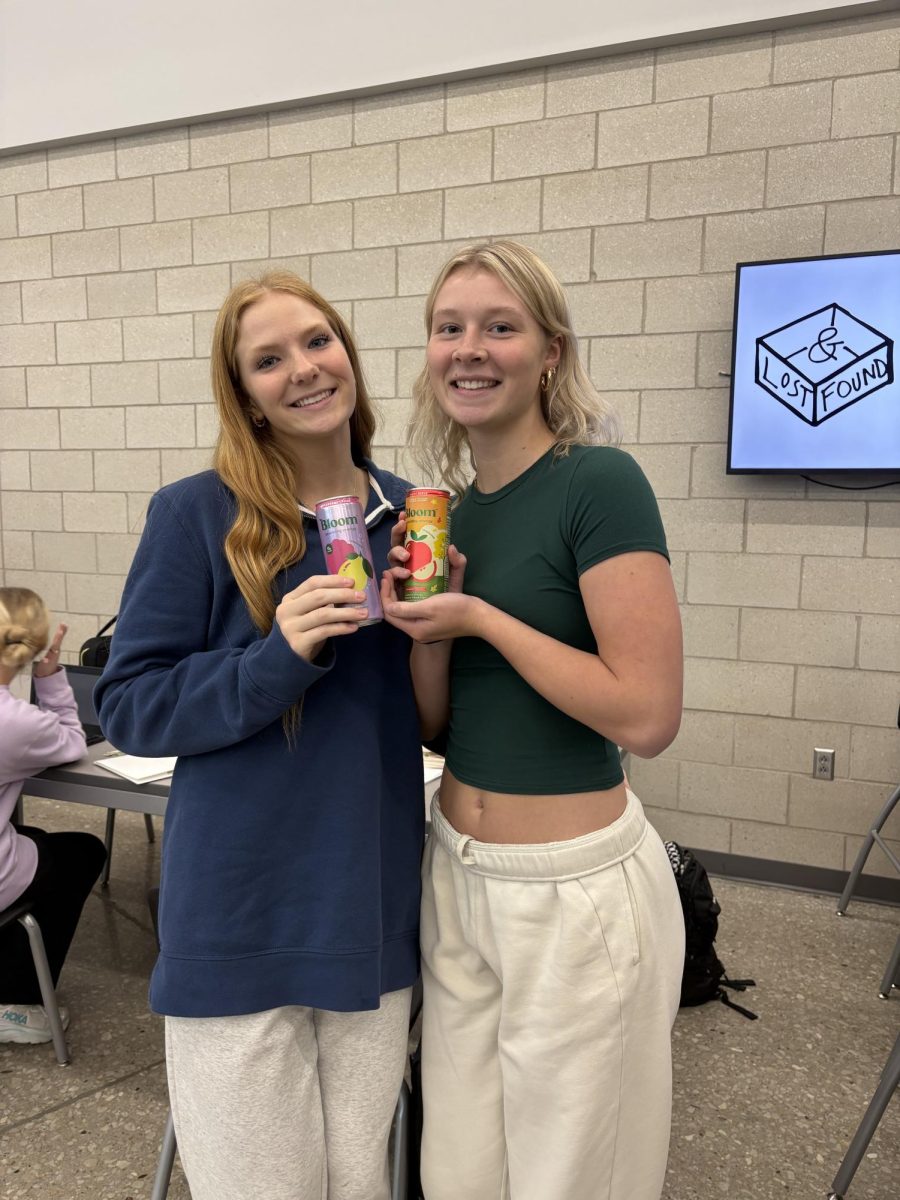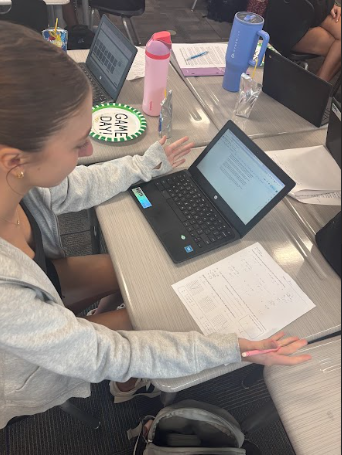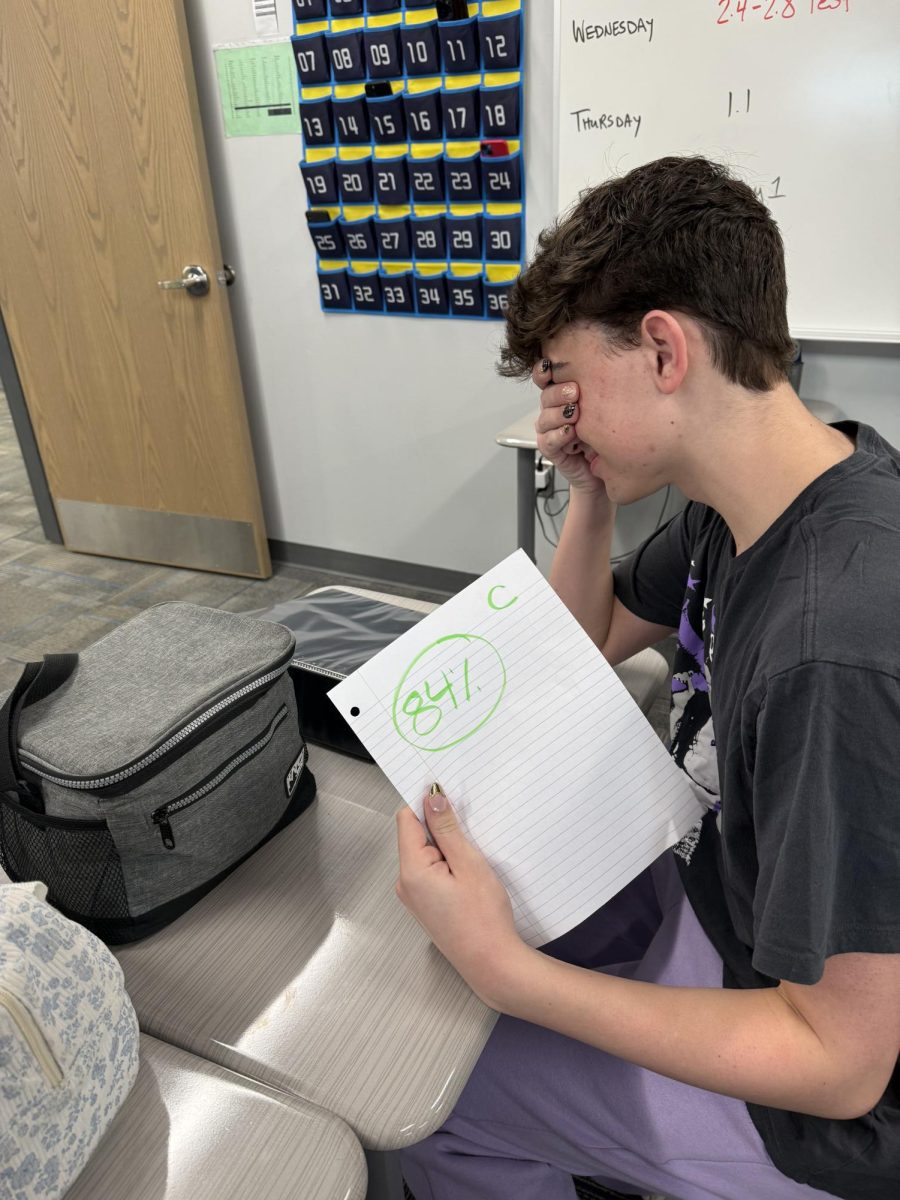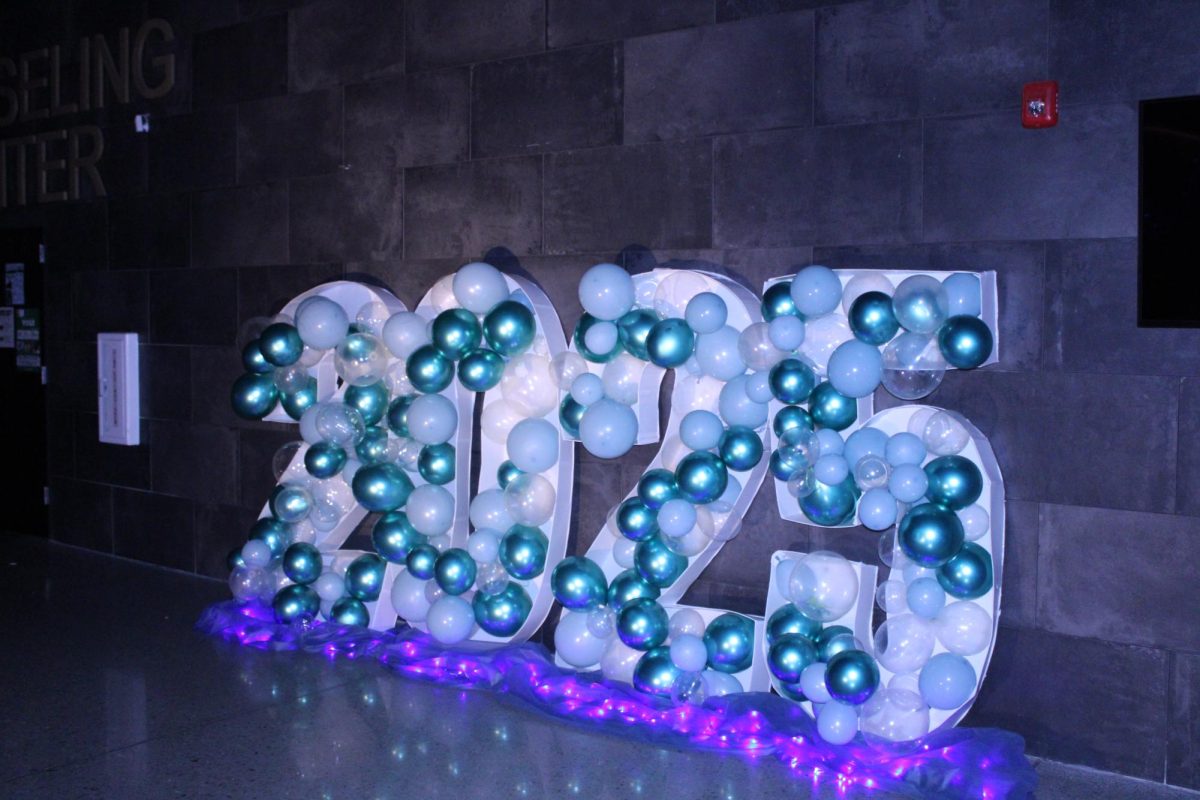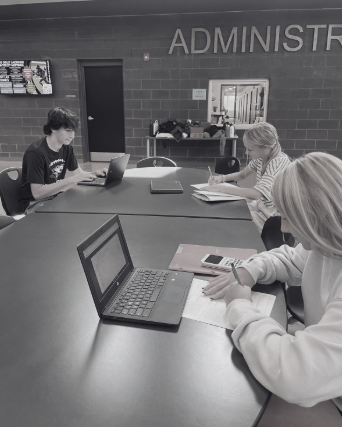Starting high school this year has allowed me to observe how students handle the multitude of assignments we are given. The most common “solutions” are pushing off essays until the last minute, doing homework the class before it’s due, and of course, using generative A.I. (artificial intelligence).
Generative A.I. is an artificial intelligence that uses data and patterns to create new images, text, and even audio. Scientific breakthrough or not, generative A.I. is not being used appropriately by the majority of students and adults it’s made available to.
Within school, a class struggling with an overwhelming amount of generated work is English. According to polling conducted by the ACT Education Corporation, 46 percent of sophomores through seniors use A.I. to complete assignments.
While a few assignments and essays generated here and there might not be seen as a bad thing to most, every time someone chooses to generate a piece of work that could’ve been created themselves, it feeds into the overall issue with generative A.I. Students are giving in to laziness by not using their greatest asset: their creativity.
Human creativity can show up in lots of disciplines, and it especially shows up in the arts. Senior Ava Kloster agrees. Kloster is pursuing her Bachelor of Fine Arts, and has been successful at many art competitions throughout Nebraska.
“Art is as old as humanity is, and has always and should always be an expression of human passion, talent, and ambition – no matter the purpose or nature of the piece,” Kloster said.
To help train A.I. generators, developers will feed actual literature and artwork ranging from paintings by Leonardo DaVinci to modern poetry published online. Years of real, authentic work all bottled into a website may sound extraordinary, but it has started to cause a ripple of panic throughout many workforces.
“I personally haven’t seen a decrease in the story offers or contracts I have been given, but I suspect that they will begin to be offered with less frequency because LLMs [large language models] are filling in the gaps in content needs,” freelance writer and English teacher Jeff Lacey said. “It feels almost inevitable.”
Although most parts of the writing industry haven’t been taken over by generative A.I., some companies are already undergoing massive changes to incorporate A.I. into their workforce.
Just recently, a major language learning app called Duolingo has made a statement that the app has decided to put A.I. at the front lines of their company. The use of A.I. within the company may have caused a productivity boost, but it also cost the jobs of ten percent of employees.
Generative A.I. was created to help people with everyday questions and concerns. With more students giving in to laziness, and corporations seeing more value in A.I. than people, the effect of generative A.I. is slowly but surely hurting each person who interacts with it.
Yes, A.I. can churn out essays and stories faster than humans.
Yes, A.I. can write beautiful poems with just a prompt being given.
Yes, A.I. can probably do a better job than humans in certain job positions.
Yet, the only thing generative A.I. has are stories it couldn’t create without analyzing real human literature.
The years of history behind literature greatly overpower what A.I. can generate in a few seconds.
Shakespeare didn’t turn to ChatGPT for prompts when writing his plays. The lines of poetry in The House On Mango Street weren’t created with the click of a button, because it was forged from years of human experience and emotions. Even original essays created by students in school have the passion of wanting to learn woven in the lines of text.
The next time you have an essay to turn in or questions that seem impossible to answer on homework, consider what you can do with your mind, not a robot’s lines of coding.



